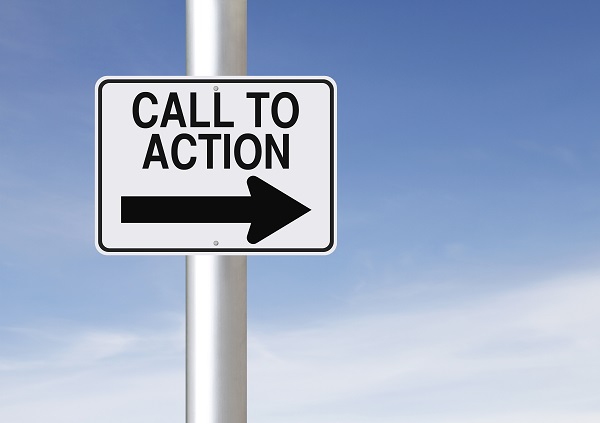Everything we do online is all about building relationships and building the trustability and likeability factor. There isn’t much point in sending an email without a call to action unless you are directing the reader to a page on your website that has a call to action.
The call to action in an email is a request that attracts, convinces or requests a visitor to take a particular action. This call to action, for example, can ask readers to:
- Make a purchase,
- Give feedback through a form
- Sign-up for newsletters or a whitepaper download.
Depending on your target audience, the call to action can be:
- A soft call to action, or
- A harder call to action.
If you have a bunch of subscribers on your list who trust you enough to click on the majority of your links to find out more or get involved in whatever you’re selling, then a hard call to action could work. If people don’t really know you well, a soft call to action would be more appropriate in your email marketing campaigns.
In order to make sure you are creating an effective call to action in your email marketing campaign, be sure to avoid these common pitfalls:
- Not giving someone a clear reason to take action,
- Offering things you can’t deliver,
- Making use of complex or indistinctive language in your call to action, and
- Making your call to action hard to find.
Some of the call-to-action prompts that you could include in your email are:
- Get 50% off,
- Get free delivery,
- Register now,
- Read the eBook, and
- Start my free trial.
A call to action button is eye-catching and can boost your engagement rates. Be sure to use action-oriented text, use the first person in your copy and keep the call to action short and simple.
Do you need help with your email marketing or marketing automation processes? Then get in touch with The Digital Marketing People today.













Leave A Comment